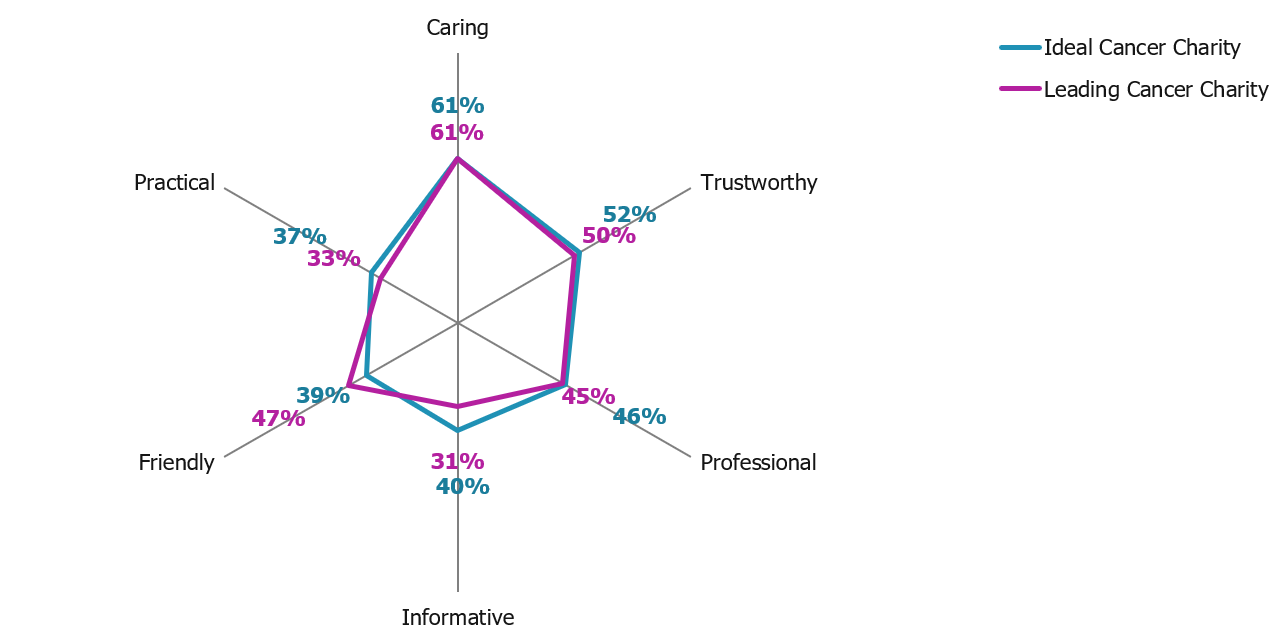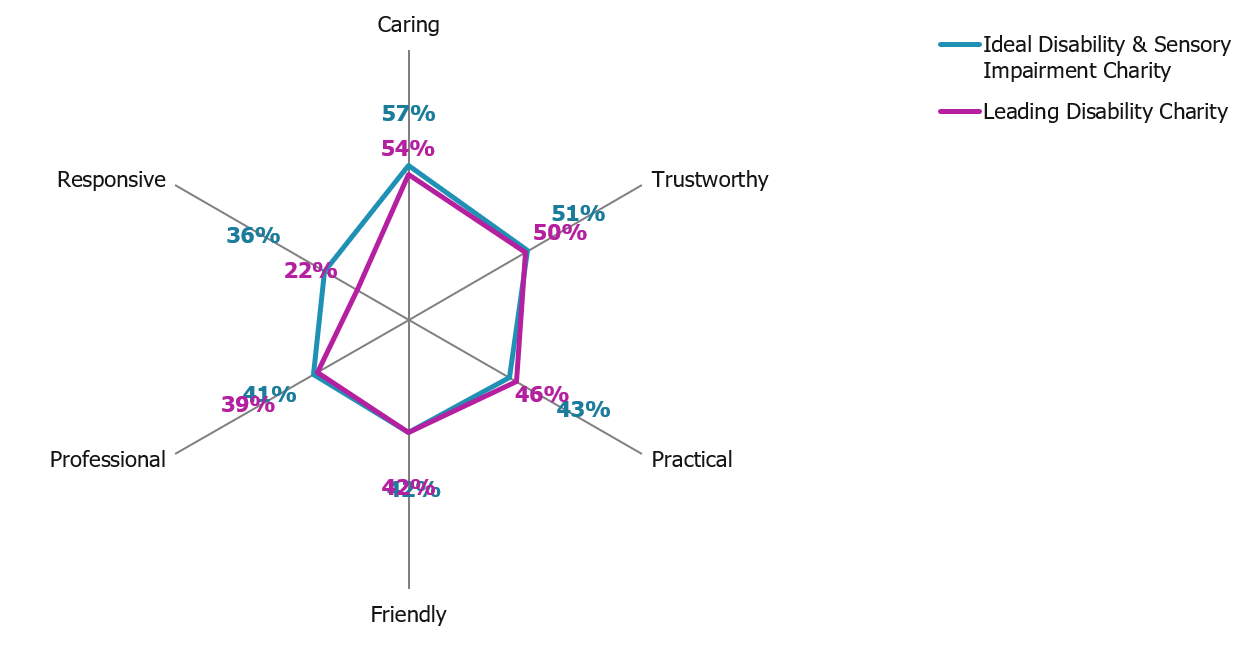Over the past year or so, our research has overwhelmingly supported the narrative that charities have had low visibility and have not been top of the public’s mind during the Covid-19 pandemic. Despite this, we remain acutely aware that charities have been carrying out a wide range of crucial work (often up against a double whammy of reduced capacity and increased demand). Unfortunately, the vital role of charities has not only gone largely unnoticed by the public, but also by many politicians and journalists too. While united calls for the Government to provide more support for the sector were gaining traction last week, arguably there remains a sector-wide brand problem standing in the way of progress. The work that charities do, the way this is portrayed, and public perceptions of it are often mismatched and do not do justice to the reality on the ground.
With the number of issues vying for public attention continuing to pop up at a dizzying pace, it has arguably never been more essential for charities to ensure they can be easily recognised by the public in terms of what they stand for and the impact of the work they do. It is the job of a charity’s brand personality to communicate this, and in turn to drive support by ensuring that audiences understand the work being done and feel a sense of warmth towards it. In order to understand how the public feels about different charities, our Charity Brand Evaluator helps to build a holistic view of brands by examining several key metrics such as emotions, loyalty, transparency, relevance and impact. In this article, we wanted to share what our latest research reveals about what made for a strong charity brand in 2020 by looking at two examples from the cancer and disability sectors.
A success story of remaining visible and relevant during the pandemic
“Please choose up to 7 words that you think describe your IDEAL charity working in the Cancer sector” / “Please choose up to 7 words that you think best describe [leading cancer charity]”
Source: Charity Brand Evaluator, Winter 2020, nfpSynergy | Base: All aware of charity X (1,000) among 3,000 adults 18+, Britain
A much-loved brand that has maintained momentum despite sector decline
“Please choose up to 7 words that you think describe your IDEAL charity working in the Disability and Sensory Impairment sector” / “Please choose up to 7 words that you think best describe [leading disability charity]”
Source: Charity Brand Evaluator, Winter 2020, nfpSynergy | Base: All aware of charity X (1,000) among 3,000 adults 18+, Britain
For this second example, we will look at a charity that came second in our brand preference benchmark in 2020. Figure 2 (above) shows us how this leading disability charity matches up against the way the public describe their ideal charity working in disability and sensory impairment. Again, we see that this charity performs very well against the top attributes that the public describe as the blueprint for this sector. Nevertheless, the charity does lag behind in one area, responsiveness, but by conducting a driver analysis, we find that this metric is only 1% effective at predicting how much respondents like this brand. The charity tops our impact benchmark, meaning that people think it makes a real difference and that the world would be a worse place without it. The charity also scores highly on our momentum metric, showing they are a dynamic/energetic organisation, and are moving in the right direction. Like cancer patients, disabled people have been greatly impacted by the pandemic, being hit particularly hard by the effect it has had on the jobs market and facing unique challenges as a result of social distancing regulations. However, over the course of 2020 we have seen the popularity of disability charities fall among the public, with the percentage of identifying this as their favourite charity cause falling from 17% in January to just 10% in November. Likewise, because of competing priorities, public concern about the impact of the pandemic on people living with disabilities currently ranks in 8th place. Despite this, thanks to their continued demonstration of impact and the strength of their brand, this charity has managed to defy expectations during a time where their beneficiaries and their overall cause have not been at the top of the public agenda.
Many thanks for this proper
Many thanks for this proper study of the public feeling towards the voluntary sector (well, two charities) in these difficult and, occasionally, hysterical times.
I believe that many charities will emerge from the pandemic in a far stronger position than a lot of other organisations - albeit we will have lost a large number due to Lockdown.



